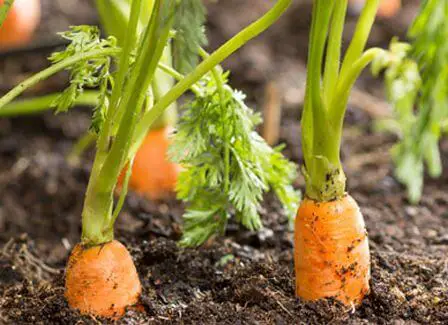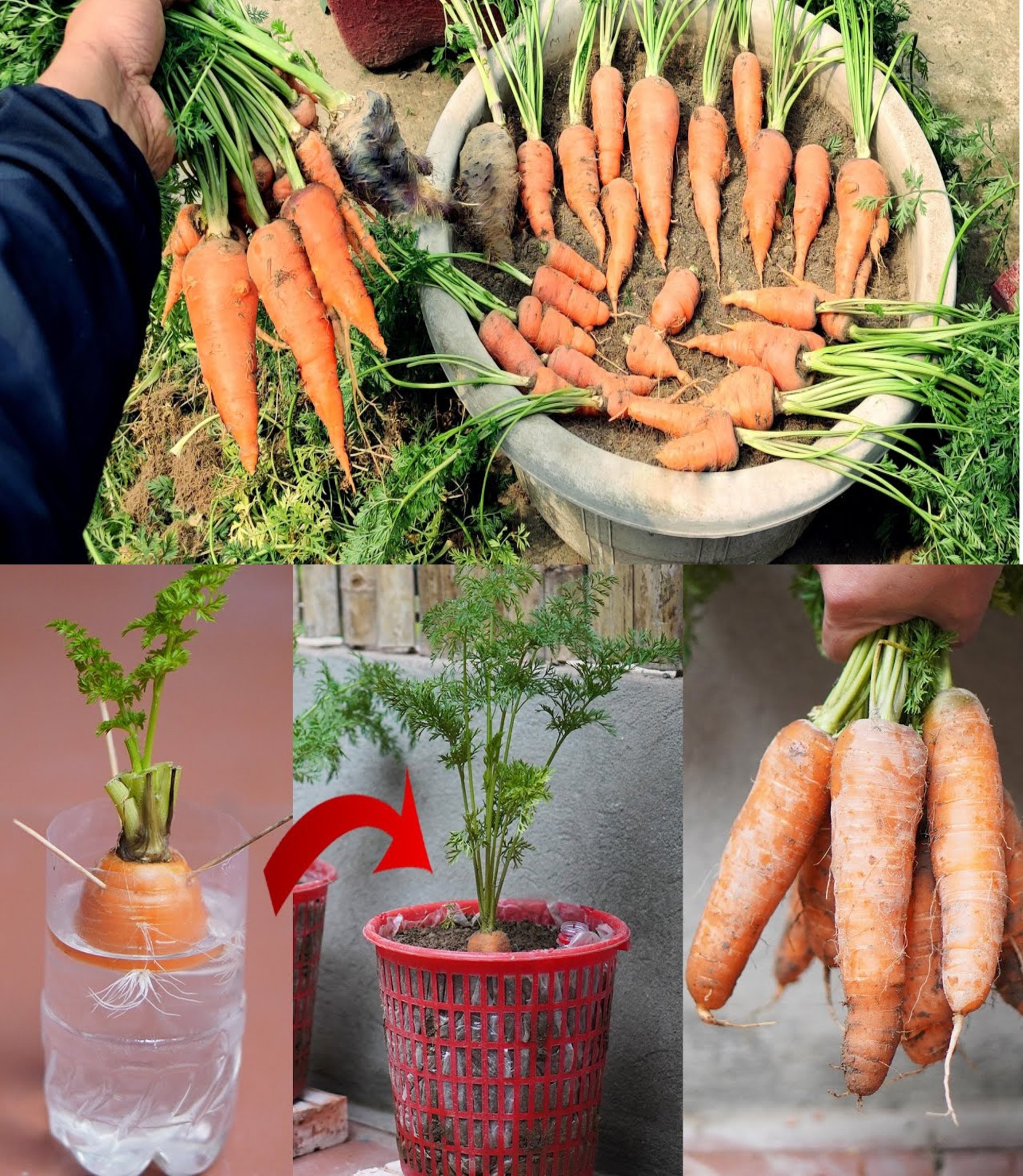
For those intrigued by cultivating carrots (Daucus carota), it’s essential to recognize their preference for cooler temperatures, with early spring and late fall being optimal for their cultivation. The ideal temperature spectrum spans from nighttime lows of approximately 13°C to daytime averages of 24°C. Carrots demonstrate adaptability to compact gardens, flower beds, and are tolerant of partial shade
Growing carrots from seed is a relatively straightforward process. Here are six steps to guide you through the process:
- Choose the Right Variety: Start by selecting a carrot variety that suits your preferences and growing conditions. Carrots come in various shapes, sizes, and colors. Some are better suited for shallow or rocky soils, while others may be more resistant to pests. Popular varieties include Nantes, Danvers, and Imperator.
- Prepare the Soil: Carrots prefer loose, well-draining soil. Remove any rocks, debris, or clumps from the soil, as these can cause the carrots to fork or become misshapen. Work in compost or well-rotted manure to improve fertility and soil structure. Avoid using fresh manure, as it can cause carrots to fork.
- Sow the Seeds: Carrot seeds are small, so it’s important to handle them carefully. Plant the seeds directly in the garden bed, spacing them according to the recommendations on the seed packet. Carrot seeds are usually sown about 1/4 to 1/2 inch deep. After sowing, cover the seeds lightly with soil and water gently.
- Watering and Thinning: Keep the soil consistently moist until the carrot seeds germinate. This is crucial for proper germination. Once the seedlings are a few inches tall, thin them to the recommended spacing. Thinning is essential to allow the remaining carrots enough space to grow properly. Water consistently, and avoid letting the soil dry out completely.
- Mulch and Weed Control: Apply a layer of mulch around the carrot plants to help retain moisture, regulate soil temperature, and suppress weeds. Weeds can compete with carrots for nutrients and water, so it’s essential to keep the area around your carrot plants weed-free. Be careful when weeding to avoid disturbing the carrot roots.
- Harvesting: Carrots are typically ready for harvest 60 to 80 days after planting, depending on the variety. You can start harvesting when the carrots reach the desired size. Gently pull them from the soil, and be cautious not to damage the roots. If you’re unsure about the size, you can gently brush away some soil at the top to check.
Remember to follow the specific instructions on the seed packet for your chosen carrot variety, as there may be slight variations in optimal spacing, depth, and care. With proper attention to these steps, you can enjoy a successful carrot harvest from seed.
